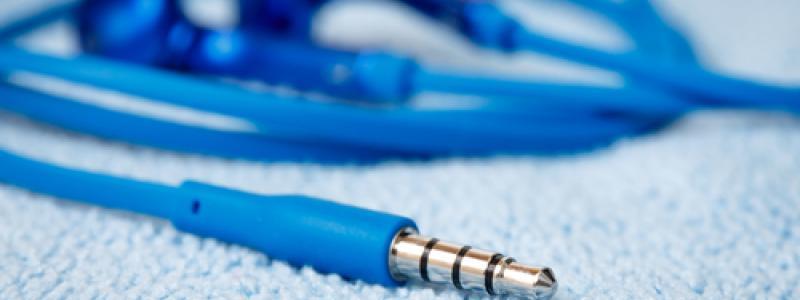Is It Time To Bid Farewell To 3.5 Millimeter Audio Jacks?

The 3.5 millimeter audio jack first became popular when Sony introduced its Walkman just before the end of 1970s. In the personal computer age, the technology’s life was extended when users everywhere used it to connect their headphones to their PCs and laptops. On the onset of the smartphone era, the 3.5 mm audio jack was similarly used by people who wanted to listen to music through their smartphones and tablet devices. But the way Intel sees things, the 3.5 mm audio jack could be on its way out. The reason? The rising popularity of the new USB Type C connector, which is now being used by high profile smartphones and even PCs these days.
Of course, the 3.5 mm audio jack will not go extinct overnight. There are simply too many people still dependent on this technology, not to mention countless mobile devices and devices that are still being manufactured with this connector standard in mind. But as revealed by Brad Saunders and Rahman Ismail, both Intel architects, a new USB audio standard is coming out before the end of this quarter. This new specification even comes with features that make sure a USB headphone does not drain too much of a battery’s energy, and should define how buttons for playback management should be set up for USB headphones. If this standard paves the way for the USB Type C connector as the new popular standard for audio jacks, then perhaps it is time to say goodbye to the 3.5 mm audio jack.
The changing preferences of today’s mobile users and music listeners do not help the 3.5 mm audio jack’s case. The old standard just takes up a lot space, and consumers nowadays want their devices slimmer. Also, the analog circuitry of the 3.5 mm audio jack can sometimes disrupt other electronic components inside a smartphone. Moreover, the USB Type C standard improves and expands upon the 3.5 mm audio jack’s limitations. Digital audio has made it possible for all kinds of sound processing options that do not require pricey headphone gear.
Furthermore, the USB Type C connector is starting to gain traction. It is now being used on the Apple MacBook, HP’s Spectre laptops, the Google Nexus 6P smartphone (made by Huawei), and Samsung’s Galaxy Note 7 phablet, just to name a few. Of course, when a new type of technology comes along, there is always a period of adjustment. But it can not be denied that more and more users are starting to realize the superiority of the USB Type C’s technology.
Related Blog Articles
- Unlimited Showdown: Sprint And T-Mobile Introduce Competing Unlimited Plans On The Same Day
- Tech Firms Team With The FCC To Combat Robocalls
- AT&T To Offer Roaming Access in Cuba
- Self-Assembling Cellphones, Anyone?
- Walgreens Becomes First Retail Store To Directly Integrate Rewards Points With Android Pay
- More New Emoji Are Coming Soon
- 55 Million Users In The First 30 Days Is Awesome, But Can Pokemon Go Keep This Up?
- FTC Vs AT&T Data Throttling Case Dismissed
- US Mobile Customers Get A Better Idea Of Their Actual Wireless Needs Through Machine Learning
- Introducing The Moto Z Play: The Newest Addition To The Moto Z Family
Related Blog Posts
- Report: Drug users are using wearable devices during binges
- Spotify allows Android users to reorder playlists; Pandora lets users share tunes to Snapchat Stories
- WhatsApp combats fake news with a new forwarded label
- FCC: Today’s improving mobile networks can impact healthcare costs
- Did Apple Music already overtake Spotify in America?


 Menu
Menu